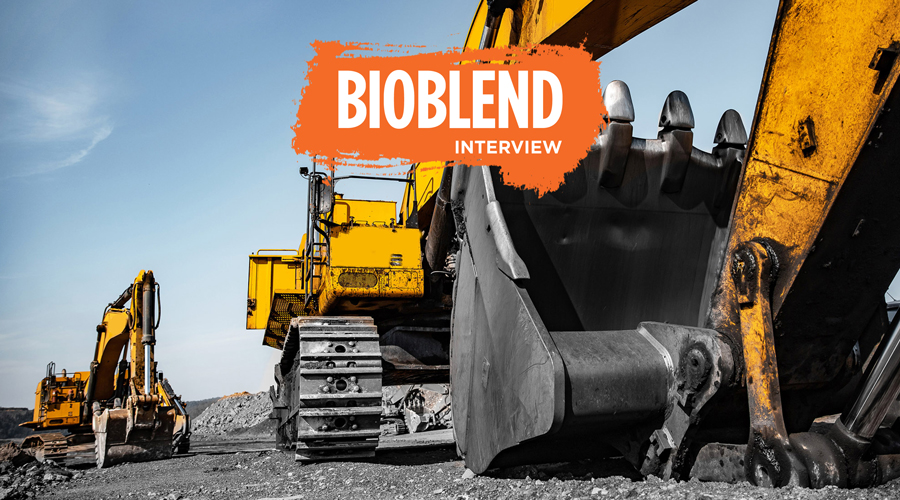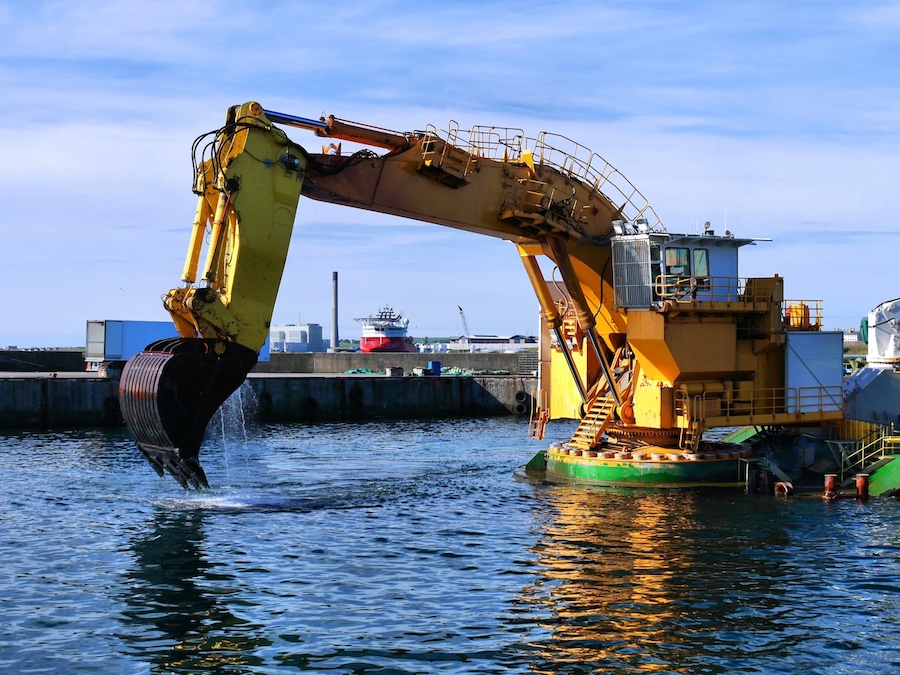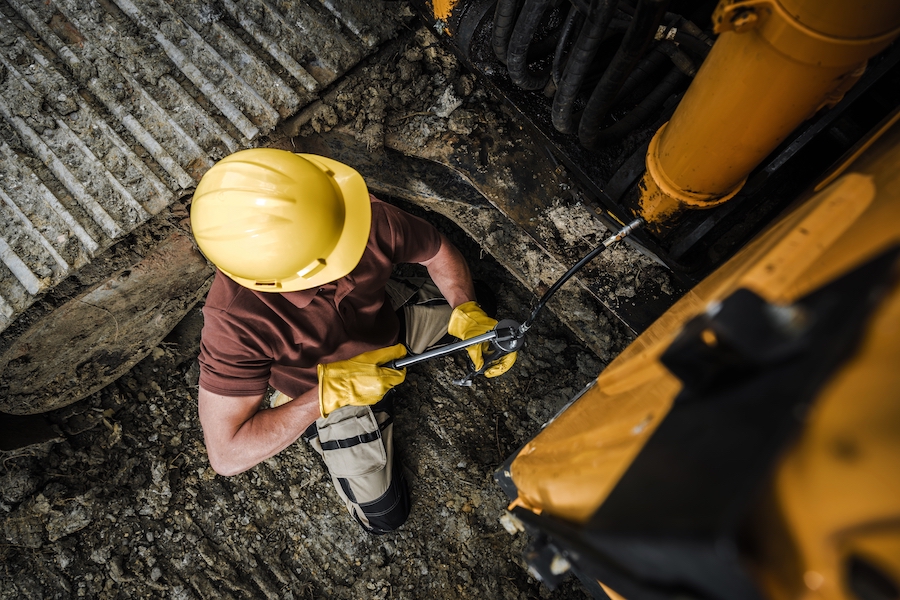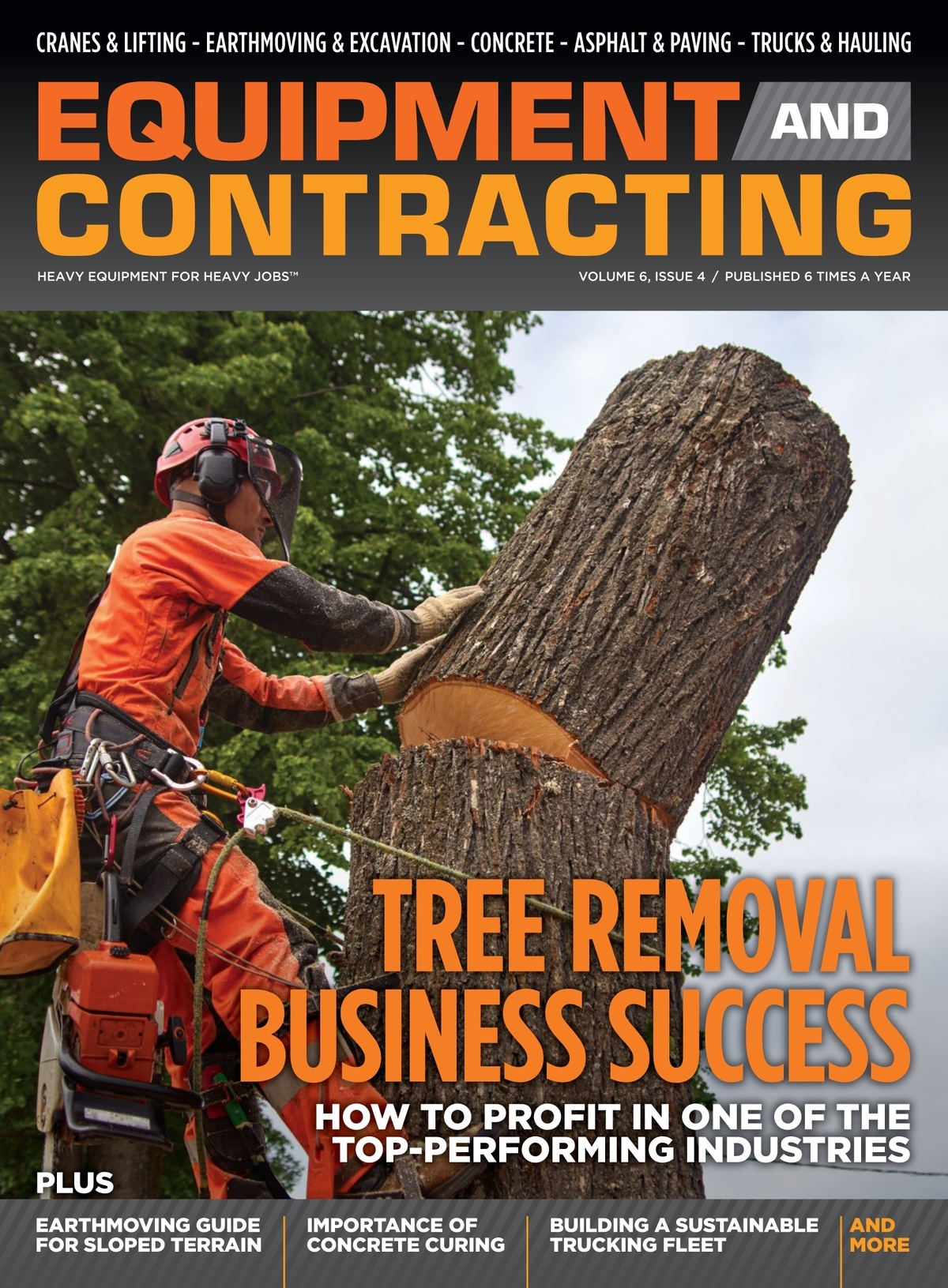
E&C’s interview with BioBlend, a global company offering environmentally friendly, biobased lubricants to the construction industry for over two decades.
E&C: Tell us about BioBlend’s products.
BB: We off high performance, bio-based multi-purpose aerosol (or liquid) lubricant designed for construction, commercial, and general lubrication applications.
E&C: Why are lubricants so important in the construction industry?
BB: Construction projects depend greatly on heavy duty equipment. Most construction equipment is exposed to the elements on site while also being used for repetitive and continuous work. High-quality lubricants reduce the need for constant maintenance and the machinery lasts longer.
E&C: What makes BioBlend oils and greases better?
BB: Our wide selection of oils and greases are long lasting, heat resistant, and specifically crafted for heavy-duty construction machinery.
E&C: Some think environmentally friendly products are less effective.
BB: BioBlend products offer distinct performance advantages vs. conventional petroleum lubricants. BioBlend develops long-lasting, reliable products that decrease change intervals, improve component performance and increase uptime, making them a cost-effective choice for your business.
E&C: So, customers aren’t just switching over to BioBlend to save the planet?
BB: As important as lubrication is to this field, a loss of effectiveness is simply not a sacrifice anyone is willing to make. That means any switch to biodegradable fluids would require them to perform at the level of the mineral oils already being used. BioBlend products exceed the performance of mineral oils – and are beneficial for nature’s preservation and safety.
E&C: Give us an example of a BioBlend grease product.
BB: BioGrease ALC XT 2 is a biodegradable aluminum complex, extra-tacky grease. It outperforms traditional petroleum-based grease products in lubricity, viscosity index, solvency, polarity, flash point, and dialectic strength. It is a readily biodegradable, general-purpose grease that can be used in a variety of applications for multiple industries.
E&C: What is the advantage of using BioGrease ALC XT 2?
BB: The extra-tacky properties of this grease increase adhesion to metal surfaces and provide strong cohesion to help prevent “fling off” in the field. BioGrease ALC XT 2 has a melting point of over 500° F (260° C) making it a safer and more heat stable product. It contains rust and corrosion inhibitors to better protect equipment against frequent or continuous high moisture exposure.
E&C: What are the advantages of ALC XT 2 over conventional products?
BB: Created with a revolutionary, patented microwave technology, this grease offers longer-term stability than conventional products. The high-quality natural ester base oils offer better performance, and the aluminum complex thickener provides strong protection against water washout in high moisture operating environments.
E&C: Tell us about the microwave blending process.
BB: The microwave blending process reduces energy requirements by over 60% making it one of the most sustainable industrial lubricant products on the market. It is classified as an Environmentally Acceptable Lubricant (EAL) as per the EPA’s 2013 U.S. Vessel General Permit (VGP)

E&C: What industries use ALC XT 2?
BB: Industries such as hydroelectric powered dams, construction, refuse, mining, dredging, marine, agriculture, plant operations, etc. – any industry using equipment with a need for a general-purpose grease. Especially systems where a release into the environment is possible or where a leak or spill could reach a waste stream.
E&C: What’s an example of a BioBlend gear oil?
BB: BioGear S is a biodegradable gear oil made from synthetic ester base stocks. The combination of these high quality base oils and proprietary blend of additives provides extended drain intervals and superior performance and protection in wide temperature ranges.
E&C: Is converting from mineral-based lubricants to BioBlend products difficult?
BB: Most BioBlend biodegradable lubricants – such as our high-performance greases, industrial and construction hydraulic oils, gear oils, and rock drill oils – are compatible with mineral-based systems and the entire system does not need to be completely drained and flushed.
E&C: What about PAG synthetics?
BB: The only exception is PAG synthetics (polyalkyleneglycol) which are incompatible with conventional petroleum fluids and conventional synthetic fluids. A BioBlend sales professional can help to assess whether our products are compatible with the products currently found in your system.
E&C: BioBlend products require more frequent filter changes, yes?
BB: Just in the beginning. A BioBlend product in your system cleans as well as lubricates. You may notice deposits in your filters, which will require changing earlier than with your former lubricant. That’s because those unwanted contaminates are being removed as part of the performance of the product. As the contaminants are removed, filter changes will return to normal levels.

E&C: How should you prepare your equipment to convert to BioBlend lubricants?
BB: Once you have made the decision to convert from conventional petroleum lubricants to readily biodegradable BioBlend lubricants these are the steps you should follow:
- Optimally, lubricant system change-outs should be done inside, and at an ambient temperature of at least 68⁰F (20⁰C).
- Use a desiccant filter for open hydraulic systems.
- Use quality filters according to the manufacturer’s recommendations. The filter should conform to standard 18.22 and be able to retain condensation. Keep in mind that in most cases any water content over 1000 ppm is considered damaging.
- Run your equipment with its current charge of used oil for at least 30 minutes to bring the oil to normal operating temperature.
- Drain the lubricating oil system by opening the main oil reservoir and pumping out the reservoir until empty, and replace the oil filter/cartridge with a fresh one.
E&C: Once the old lubricant is drained, what’s next?
BB: Make sure oil drain stops are put back in place and tightened securely. Fill the lubricating oil system with the recommended new biodegradable BioBlend fluid. Make sure that the lubricating oil reservoir is filled to the appropriate level, and that the oil volume necessary to fill all lube lines and associated componentry is also taken into consideration.
E&C: Are there any differences in how the machine should be operated after the conversion to BioBlend products?
BB: No. Operate the equipment normally. Periodically check your filters and replace as necessary as deposits of impurities collect.
E&C: Will BioBlend assist customers with equipment lubrication?
BB: We strongly recommend you consult a BioBlend distributor or representative to set up an ongoing oil analysis program. Sample frequency to include specific tests can be recommended based on your equipment needs and unique operating conditions.
E&C: Anything else we should know about BioBlend?
BB: Your success in lubricating your equipment is our primary goal and commitment. Take a look at our full line of products on our website or contact us to find out how we can assist you in reaching your operational, cost and ESG goals. You may also reach us at +1-888-BIO-BLND (888-246-2563).
What is BioBlend?
BioBlend is a company that specializes in producing high-performance, environmentally responsible lubricants. They offer a broad line of biodegradable, renewable, and biobased products designed to meet a wide range of industrial applications. These products are engineered to provide superior performance while reducing environmental impact.
What are the benefits of BioBlend's products?
BioBlend's products offer several benefits. They are made from renewable resources, which helps reduce dependence on fossil fuels. These lubricants are designed to biodegrade, meaning they are less likely to harm the environment in the event of a spill. In addition, many of their products offer excellent performance characteristics, including high wear protection, thermal stability, and improved equipment efficiency.










































